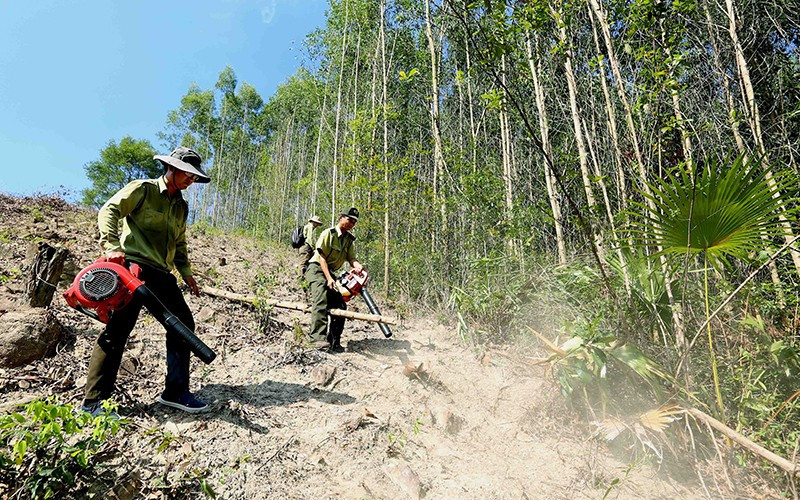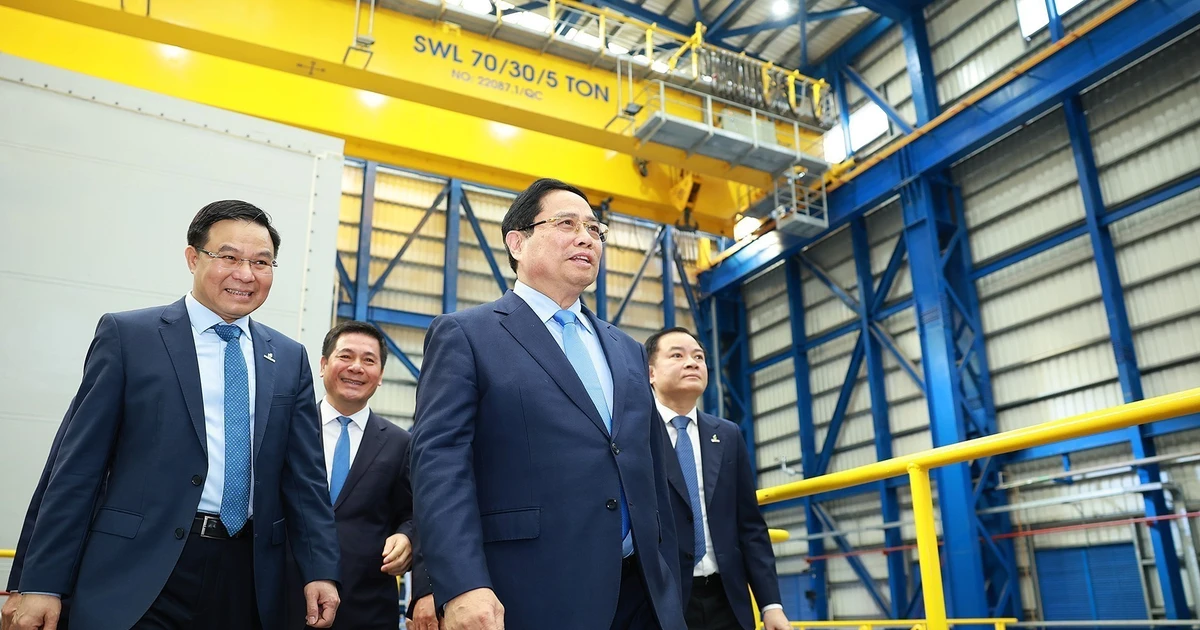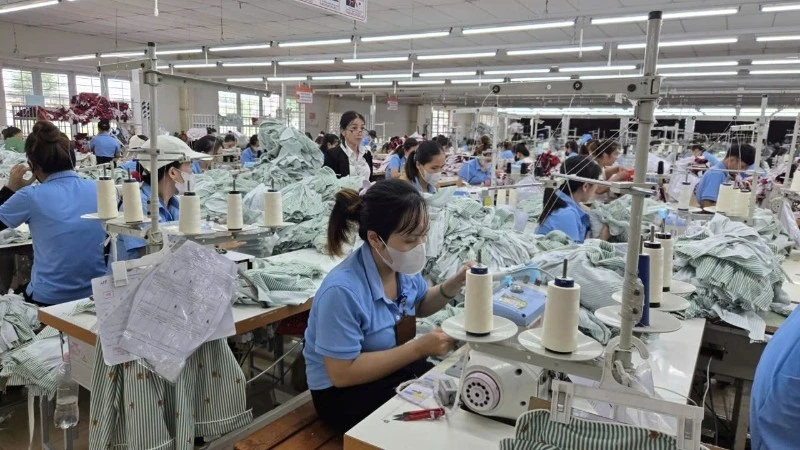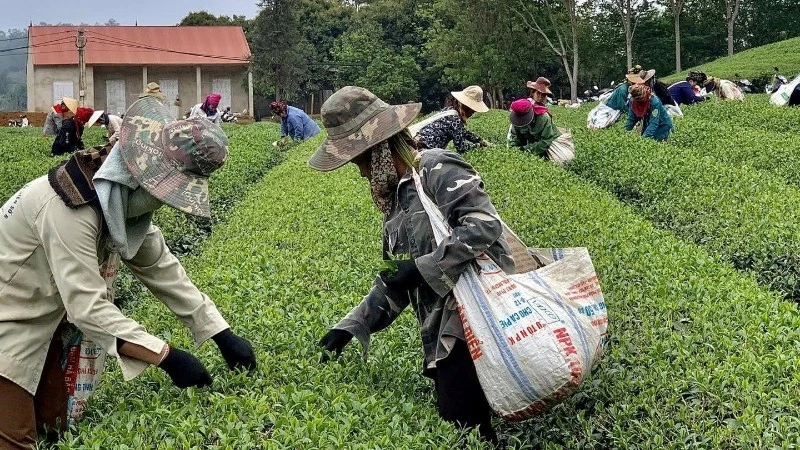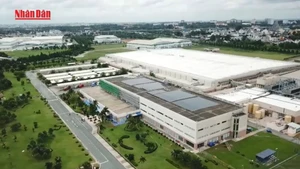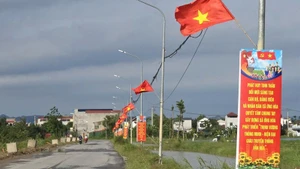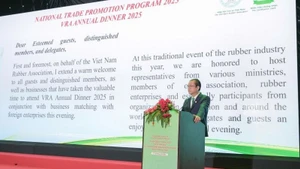Currently, small-scale forest owners manage more than 50% of the country’s planted forest area. This is the most common model in sustainable forest management partnerships and is expected to increase significantly in the coming period.
According to the Vietnam Timber and Forest Products Association (VIFOREST), after more than 10 years of implementation, particularly following Vietnam’s cooperation with the Programme for the Endorsement of Forest Certification (PEFC) to establish the VFCS/PEFC National Forest Certification System, more than 520,000 hectares of forest are now certified for sustainable forest management, representing about 13% of the country’s total planted forest area.
In Vietnam, there are currently two types of forest certification management models: individual certification (issued to a single forest owner) and group certification (issued to multiple forest owners who collaborate in sustainable forest management, with one legal entity designated as the group representative), primarily for forest owners with small-scale forest areas.
The country currently has more than two million hectares of forest owned by organisations that are implementing sustainable forest management plans. Such forests provide more than three million cubic metres of certified timber for wood supply chains.
The government has set targets for 2030 whereby the timber processing industry is to become a crucial economic sector; establish and develop a reputable Vietnamese timber product brand in both domestic and international markets; and endeavour to position Vietnam among the world’s leading countries in timber production, processing and export.
The timber export industry is expected to bring in 20 billion USD by 2025 and 25 billion USD by 2030. Vietnam aims to raise domestic consumption of timber products to 5 billion USD by 2025 and 6 billion USD by 2030. Under the government’s plan, more than 80% of timber processing facilities will achieve advanced technological production capabilities, while 100% of timber and wood products for export and domestic consumption will come from legal timber sources and timber with sustainable forest management certification.
The forestry sector will continue to protect, restore, and develop forest resources, maintaining forest coverage at a stable rate of 42-43% in the coming years. At the same time, it will continue adjusting the structure of forest types in a rational manner, ensuring diversification of revenue sources while maintaining and improving forest quality and various forest ecosystem services.
To develop a sustainable and efficient timber processing industry, the forestry sector needs to strengthen the value chain from forest plantation and harvesting to processing and product consumption, ensuring legal timber sources in the processing and trading of timber and wood products. Additionally, priority is given to development towards high technology and environmental friendliness, producing deeply processed products with high added value.
Regarding sustainable forest management, Tran Quang Bao, Director of the Department of Forestry, shared that the state has issued investment policies and mobilised social resources for integrated forestry activities, synchronising these with socio-economic development and defence and security policies. This ensures resources for the management, protection and development of special-use and protection forests, while safeguarding the legal rights and interests of organisations, households, individuals and communities engaged in forestry activities.
The state organises and supports the management, protection and development of production forests, forestry plant varieties, forest restoration and new forest plantation, research and application of advanced technology and new technology, human resource training, implementation of forest environmental services, large timber forest plantation, conversion of small timber plantations to large timber forests, infrastructure, sustainable forest management, processing and trading of forest products, and international cooperation in forestry. It also encourages integrated forestry, agriculture and fishery production, organic forestry production, and insurance for production forests that are plantations.
Furthermore, the state ensures that ethnic minorities and forest-dependent communities are allocated forests along with land for integrated forestry, agricultural and fishery production. They are permitted to cooperate and form partnerships with forest owners towards forest protection and development, sharing the benefits from forests and practising cultural and religious activities related to forests as regulated by the government.
